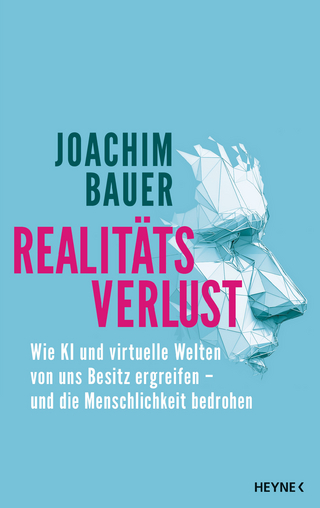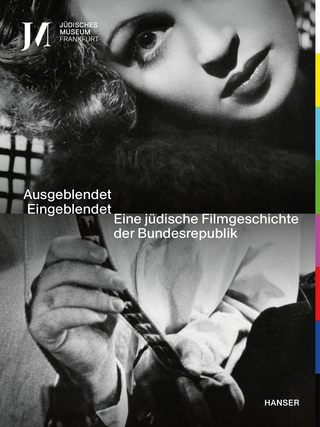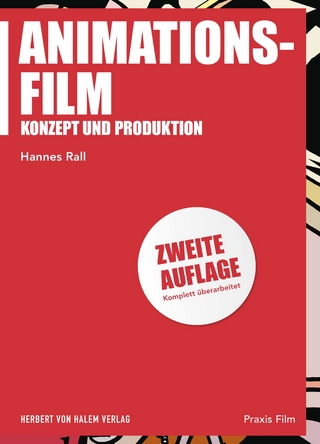
District 9: Johannesburg as Nostalgic Dystopia
Brill (Verlag)
978-90-04-52543-6 (ISBN)
- Noch nicht erschienen (ca. November 2024)
- Versandkostenfrei innerhalb Deutschlands
- Auch auf Rechnung
- Verfügbarkeit in der Filiale vor Ort prüfen
- Artikel merken
The film District 9 made waves as an allegory of apartheid on the big screen, but it has not yet been given its rightful place as a landmark depiction within broader visual cultural studies of Johannesburg and cities in the Global South.
In this book, Landi Raubenheimer argues that District 9’s portrayal of Johannesburg reverberates within a larger body of representations of the city, collectively shaping a unique visual ‘idiom’ for the post-apartheid city as nostalgic dystopia. Delving deeply into District 9, Raubenheimer brings to light the fascination that images of the city as nostalgic dystopia has held for filmmakers, photographers, viewers, and lovers of Johannesburg alike.
Landi Raubenheimer is an academic and artist living in Johannesburg. She has published articles on South African film, photography and art in international journals and teaches at the Faculty of Art, Design and Architecture at the University of Johannesburg.
Acknowledgements
List of Figures
Introduction: Unearthing the Johannesburg Genre
Why District 9?
Johannesburg in the Sands of Time
A Rosetta Stone: Nostalgic Dystopia
A Sublime Topography
Excavating District 9
A Map to the Site
Part 1
District 9 in Context: Nostalgic Dystopia
1 The City in Relief
1 District 9 and Other Representations of Johannesburg
2 Johannesburg
3 Dystopia
4 Nostalgia
5 Speculating on the Sublime
5.1 The Post-industrial Sublime
5.2 The Sublime in Post-apartheid and Post-colonial Contexts
5.3 European Landscape Traditions in South Africa
5.4 Sublime Potential
2 Digging Deeper
1 Analogue Aesthetics
1.1 Nostalgia for Analogue Media
1.2 Authenticity
1.3 Visual Effects in Film
2 Ruin Aesthetics
2.1 Post-industrial Ruins
2.2 Formless
Part 2
Analogue Aesthetics
3 Mockumentary: A Fly on the ‘Stopnonsense’
1 Skeletons in the Closet
1.1 Township Planning and Its Discontents: Chiawelo
1.2 Land
1.3 The States of Emergency
2 Analogue Landscape: A Parody of Documentary Conventions
2.1 Low-resolution Realism
2.2 The Incidental Landscape
2.3 Back to the 1980s
2.3.1 Landmarks
2.3.2 Militarisation
2.4 What can Mockumentary Poetics Do?
4 Township Nostalgia
1 Analogue Nostalgia
1.1 Subversive Resistance
1.2 ‘Native Nostalgia’
1.3 Constructed History
5 Sci-fi City
1 Science Fiction Poetics
1.1 Retrofuturism and ‘New Bad Future’
1.2 Spaceship/Township
Part 3
Ruin Aesthetics
6 Mining Landscapes
1 A History of Mining
2 Post-landscape
2.1 The Poison Belt
2.2 Sublime and Formless Landscapes
7 Urban Ruins
1 A Sublime Johannesburg?
1.1 More than a Feeling
1.2 Hillbrow: A New Jerusalem
1.3 Ponte City
1.4 Considering Entropy
8 White Anxiety
1 Hegemony in Ruins
Conclusion: The District 9 Cache
Afterword
Looking Back on District 9 – An Interview with Neill Blomkamp
Bibliography
Index
| Erscheint lt. Verlag | 28.11.2024 |
|---|---|
| Reihe/Serie | Contemporary Cinema ; 10 |
| Verlagsort | Leiden |
| Sprache | englisch |
| Maße | 155 x 235 mm |
| Gewicht | 1 g |
| Themenwelt | Kunst / Musik / Theater ► Film / TV |
| Sozialwissenschaften ► Kommunikation / Medien ► Medienwissenschaft | |
| ISBN-10 | 90-04-52543-2 / 9004525432 |
| ISBN-13 | 978-90-04-52543-6 / 9789004525436 |
| Zustand | Neuware |
| Haben Sie eine Frage zum Produkt? |
aus dem Bereich


